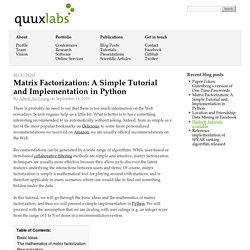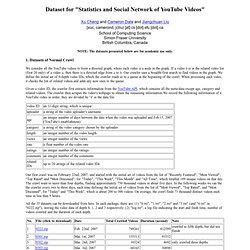

Measuring Measures - Measuring Measures - Learning about Machine Learning, 2nd Ed. Being in debt is a terrifying experience.

Unfortunately, this problem is difficult to fix, fixing it can be hard.The piece that follows does offer some pointers on what to do regarding bankruptcy if your burden becomes to much to bear. Be certain you understand all you can about bankruptcy by using online resources. Department of Justice and American Bankruptcy Attorneys provide free advice. Don’t pay for an attorney consultation with a lawyer who practices bankruptcy law; ask a lot of questions. Most lawyers provide a consultation for free, so talk to a few before making your decision. Consider if Chapter 13 bankruptcy for your filing. In order for this to be considered, your car loan must be one with high interest, have a higher interest loan for it as well as a consistent work history.
Make sure you file a bankruptcy claim. It is acceptable to find yourself overwhelmed and turn to bankruptcy to get out of trouble. Matrix Factorization: A Simple Tutorial and Implementation in Python @ quuxlabs. There is probably no need to say that there is too much information on the Web nowadays.

Search engines help us a little bit. What is better is to have something interesting recommended to us automatically without asking. Indeed, from as simple as a list of the most popular bookmarks on Delicious, to some more personalized recommendations we received on Amazon, we are usually offered recommendations on the Web. Recommendations can be generated by a wide range of algorithms. While user-based or item-based collaborative filtering methods are simple and intuitive, matrix factorization techniques are usually more effective because they allow us to discover the latent features underlying the interactions between users and items. In this tutorial, we will go through the basic ideas and the mathematics of matrix factorization, and then we will present a simple implementation in Python. Having discussed the intuition behind matrix factorization, we can now go on to work on the mathematics. Introducing Apache Mahout. Scalable, commercial-friendly machine learning for building intelligent applications Grant IngersollPublished on September 08, 2009 Increasingly, the success of companies and individuals in the information age depends on how quickly and efficiently they turn vast amounts of data into actionable information.

Whether it's for processing hundreds or thousands of personal e-mail messages a day or divining user intent from petabytes of weblogs, the need for tools that can organize and enhance data has never been greater. Therein lies the premise and the promise of the field of machine learning and the project this article introduces: Apache Mahout (see Related topics). Machine learning is a subfield of artificial intelligence concerned with techniques that allow computers to improve their outputs based on previous experiences. After giving a brief overview of machine-learning concepts, I'll introduce you to the Apache Mahout project's features, history, and goals. Machine learning 101 Features. Itembased Collaborative Filtering - Apache Mahout. YouTube Dataset.
1.

Datasets of Normal Crawl We consider all the YouTube videos to form a directed graph, where each video is a node in the graph. If a video b is in the related video list (first 20 only) of a video a, then there is a directed edge from a to b. Our crawler uses a breadth-first search to find videos in the graph. We define the initial set of 0-depth video IDs, which the crawler reads in to a queue at the beginning of the crawl. Given a video ID, the crawler first extracts information from the YouTube API, which contains all the meta-data except age, category and related videos. Our first crawl was on February 22nd, 2007, and started with the initial set of videos from the list of "Recently Featured", "Most Viewed", "Top Rated" and "Most Discussed", for "Today", "This Week", "This Month" and "All Time", which totalled 189 unique videos on that day.
All the 35 datasets can be downloaded from here. The new data crawled in 2008 are as followings: Heritrix - Home Page. OpenWebSpider. TubeKit - A YouTube Crawling Toolkit. ContextMiner.